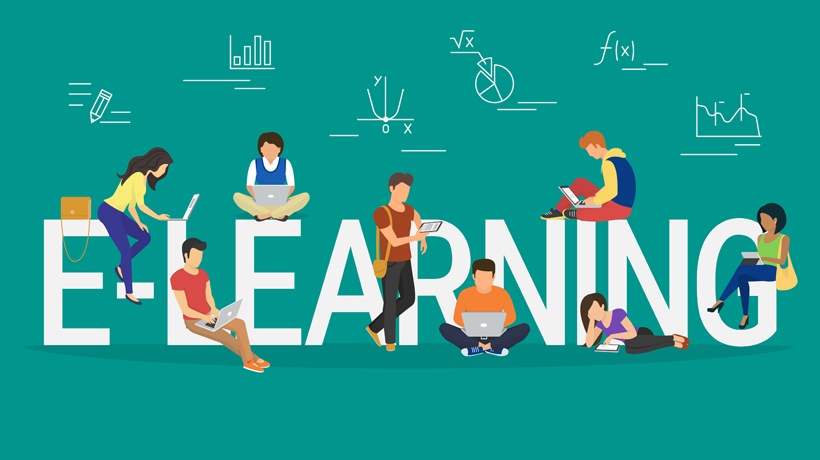The learning experience’s effectiveness can be considerably impacted by the style used.
It’s important to match the animation style to your instructional objectives, audience preferences, and financial limitations in addition to what is visually appealing.
Matching Animation Style to Learning Objectives
Aligning an animation style with specific learning objectives is a vital step in picking an animation style for eLearning.
- 3D Animations: Intricate 3D animations that depict processes realistically may benefit complex technical subjects.
- 2D Animations: Simplistic 2D images can provide clarity when communicating abstract ideas.
- Motion Graphics: Motion graphics are perfect for procedural demos since they are excellent at communicating dynamic information.
One can choose an animation style that not only interests viewers but also successfully communicates, maximizing the impact of eLearning experiences. This is done by identifying the fundamental goals of the educational content.
The alignment creates the foundation for animated training videos and eLearning solutions.
Types of Animation Styles
Each animation style has unique benefits for eLearning.
- 2D Animations: 2D animations are simple and attractive. They are best for explaining abstract ideas and storytelling. 2D animations are also a popular option for numerous eLearning settings because they are affordable and simple to develop.
- 3D Animations: 3D animations are excellent at providing depth and realism. They are perfect for subjects of spatial knowledge like engineering and medicine. 3D animations are able to vividly depict complicated procedures in a way that is instructive and interesting.
- Motion Graphics: Motion graphics are perfect for describing dynamic processes or highlighting data because they place a strong emphasis on movement and transitions.
Selecting the style that best enhances your educational content requires an understanding of the subtle differences between different types of animation styles.
How to Know Your Aesthetic?
When choosing an animation style, keep in mind your target audience as well as the learning objectives.
- For Children: Vibrant and lively aesthetics in 2D animations can grab and hold attention, especially for younger learners or in informal settings.
- For University Students: 3D animations might be more appropriate for technical or professional audiences due to their realistic rendering.
- For Professionals: Motion graphics, which are renowned for their dynamic visual language, can give the material a boost to ensure long-term interest.
The aesthetic decision made within an animation style has an impact on the viewer’s emotional and cognitive response. This ultimately affects how successful the animations are.
The key to maximizing engagement is to customize the aesthetics to your audience’s preferences.
Budgeting
Pricing considerations are crucial when selecting an animation style for online instruction.
Due to their simpler manufacturing process, 2D animations sometimes have lower production costs. They provide a practical solution without sacrificing aesthetic appeal.
Despite its effectiveness in explaining complicated ideas, 3D animations can be more resource-intensive and so need a larger budget.
Motion graphics achieve a balance by providing an appealing visual experience at a cost that is comparably lower than that of 3D.
To ensure that the chosen animation style is in line with educational objectives and financial constraints, it is critical to balance the quality against the available resources.
Effects of Animation Style on Users
The user’s interactive experience is significantly impacted by the chosen animation style.
Due to its straightforwardness, 2D animation is frequently ideal for effortlessly integrating interactive features. As a result, an immersive learning environment may be created and engagement levels are raised.
3D animations provide chances for more complicated interactions and let users control items in a three-dimensional environment.
Fluid transitions in motion graphics can help create dynamic user interfaces.
It is vital to understand how each animation style interacts with interactivity and functionality. This ensures the creation of an eLearning experience that is visually captivating, intuitively navigable, and enriching for the learner.
What Are the Future Trends in Animations?
When it comes to future trends in animations, one should expect breakthroughs like:
- AI-driven animations
- Immersive VR learning environments
- Advanced components in technology
These advancements promise to revolutionize the eLearning experience.
Moving further, it’ll be interesting to see how the future prospects unfold for eLearning content. For more such content, stay tuned.



